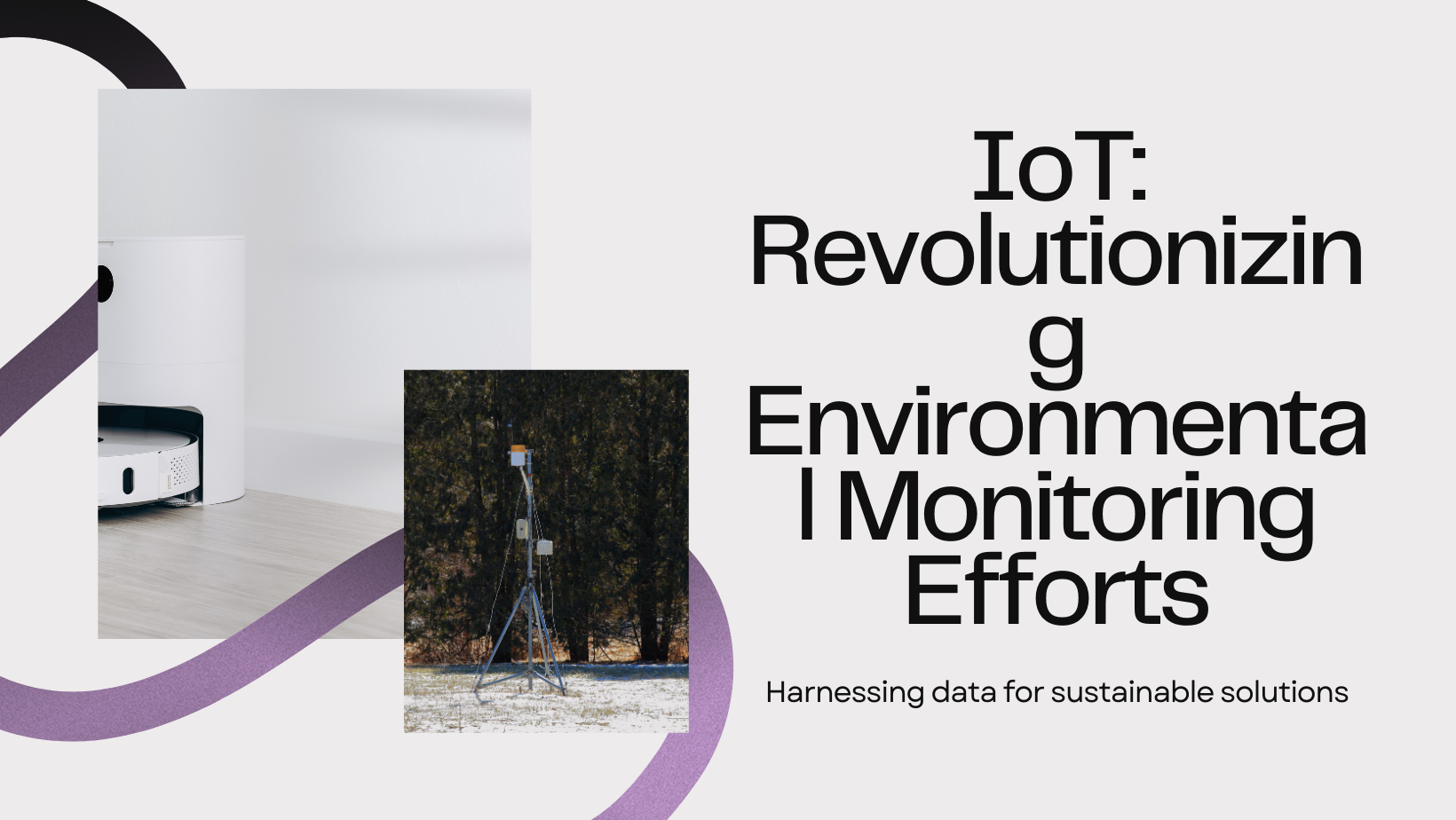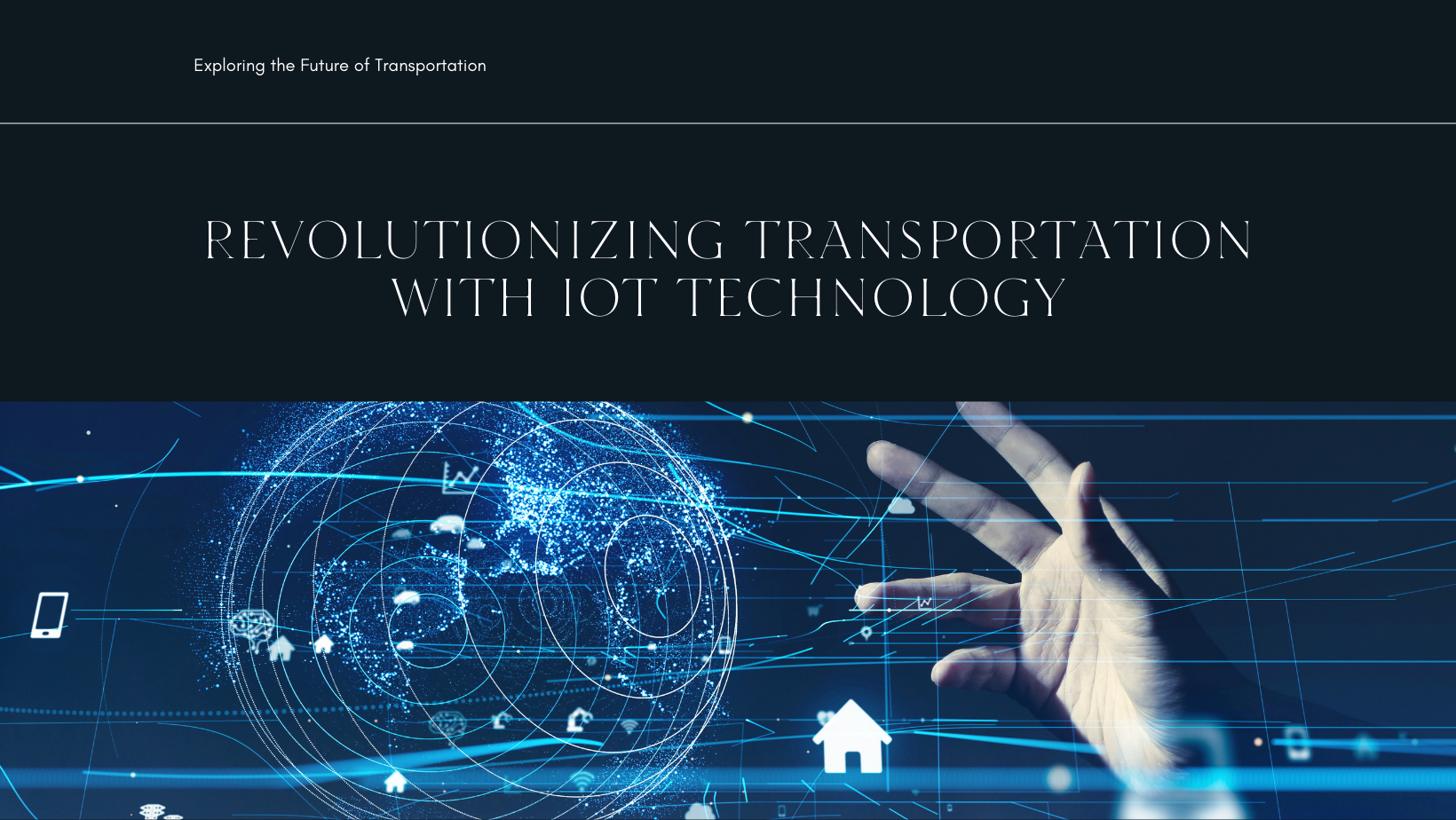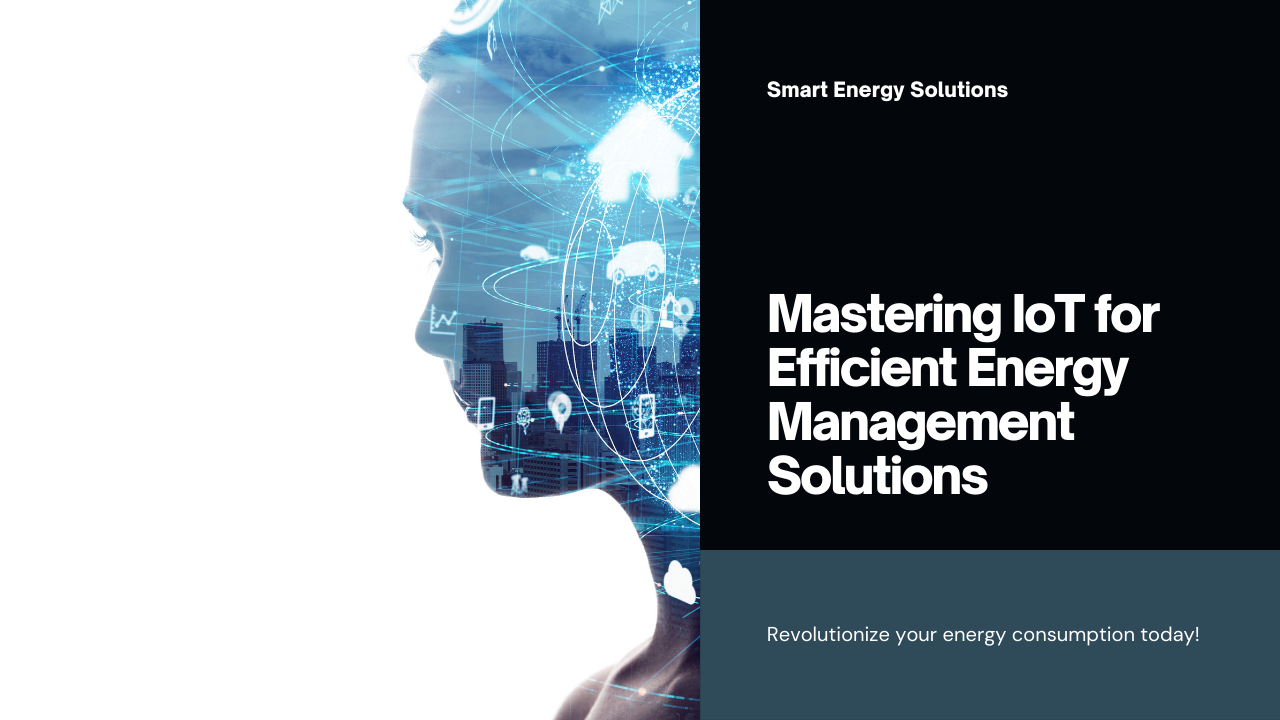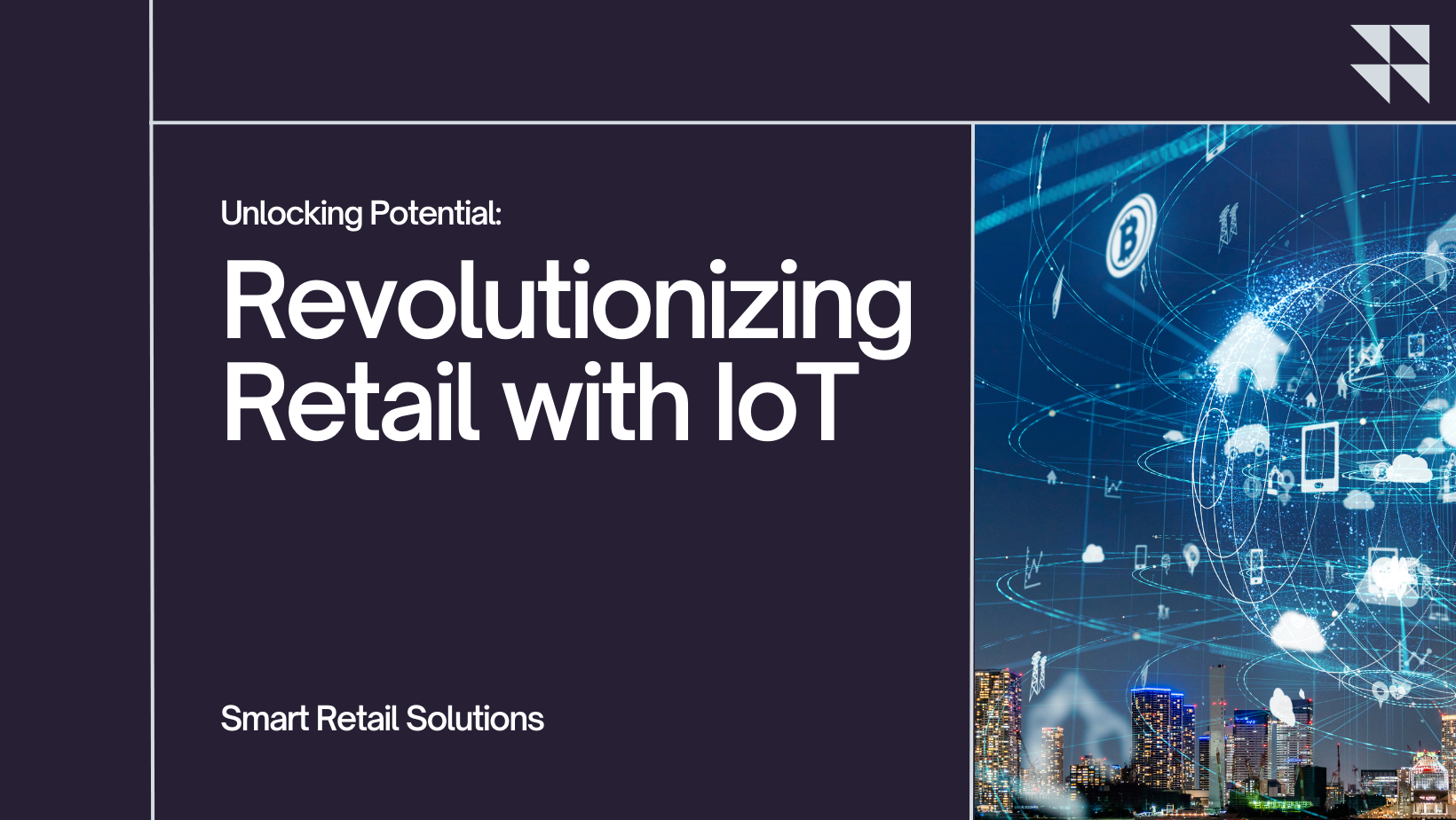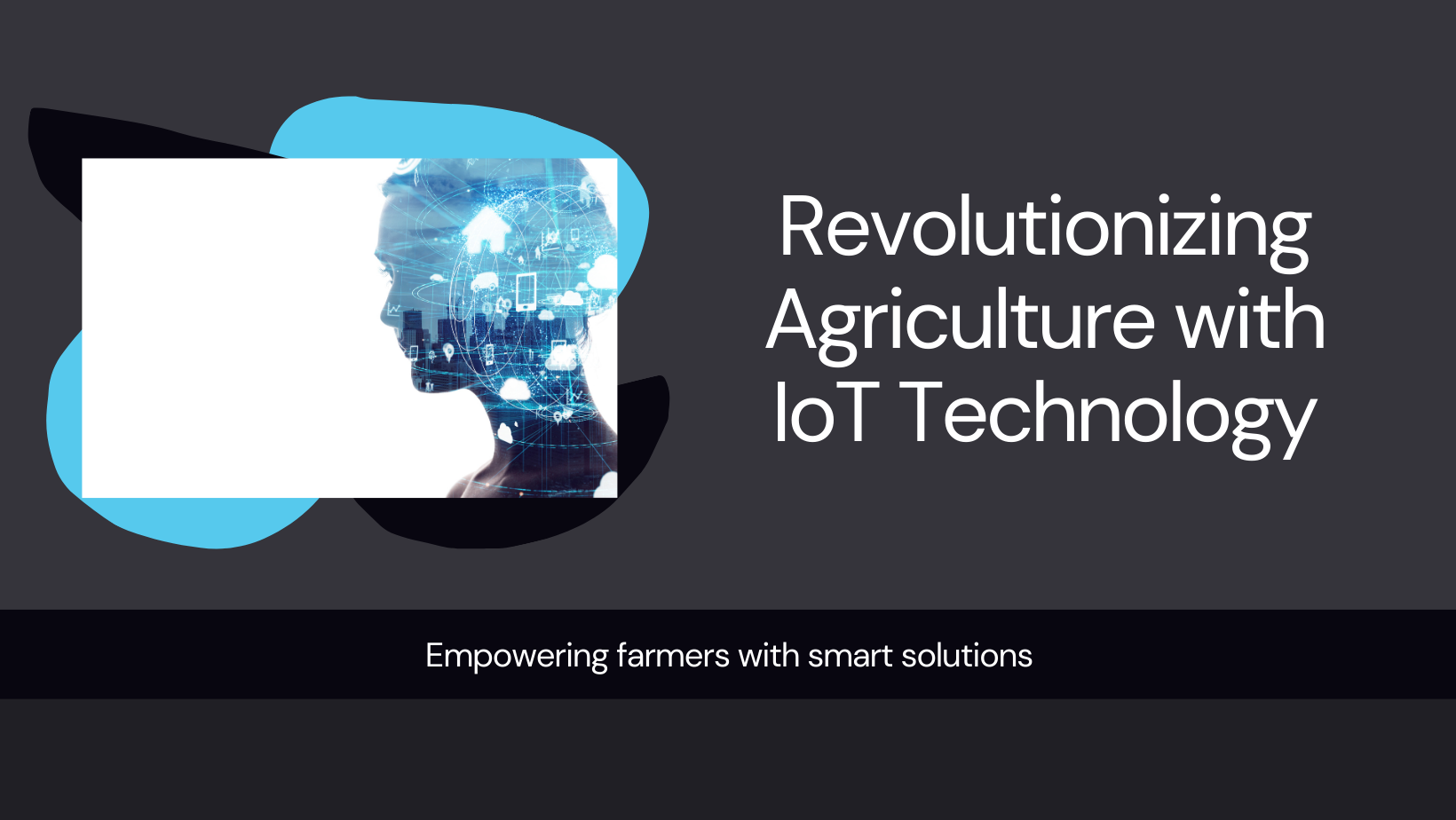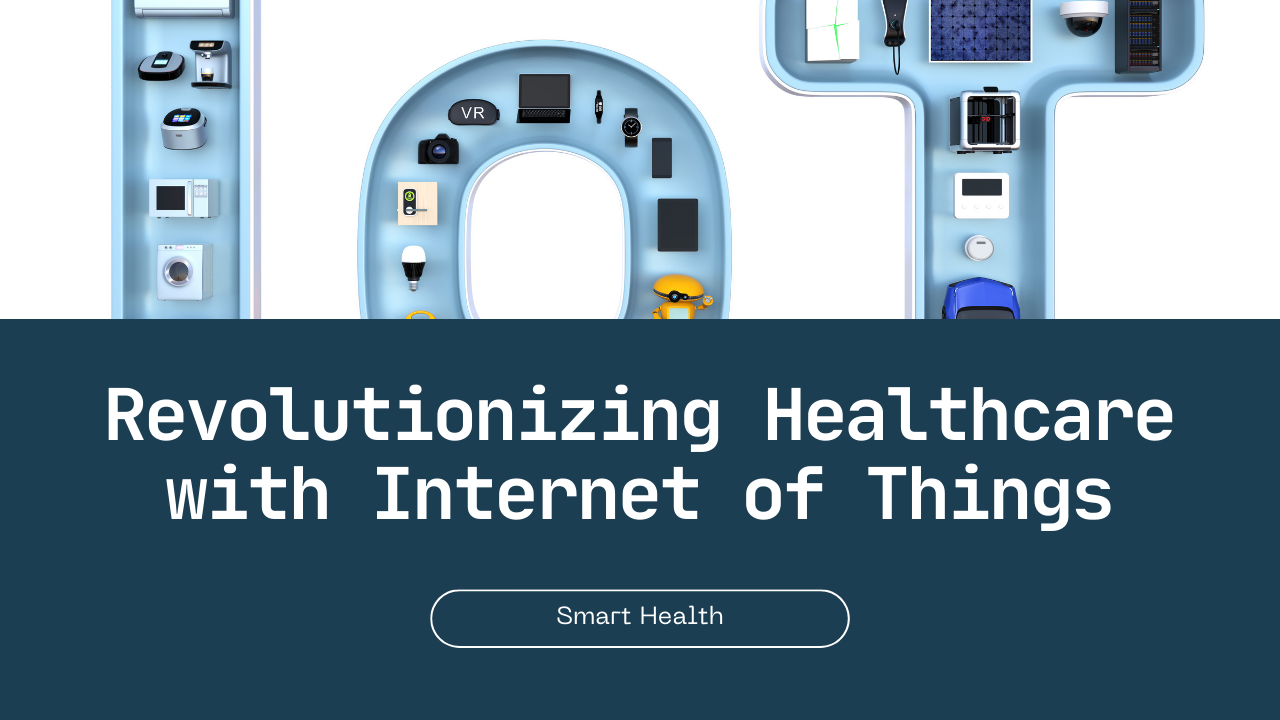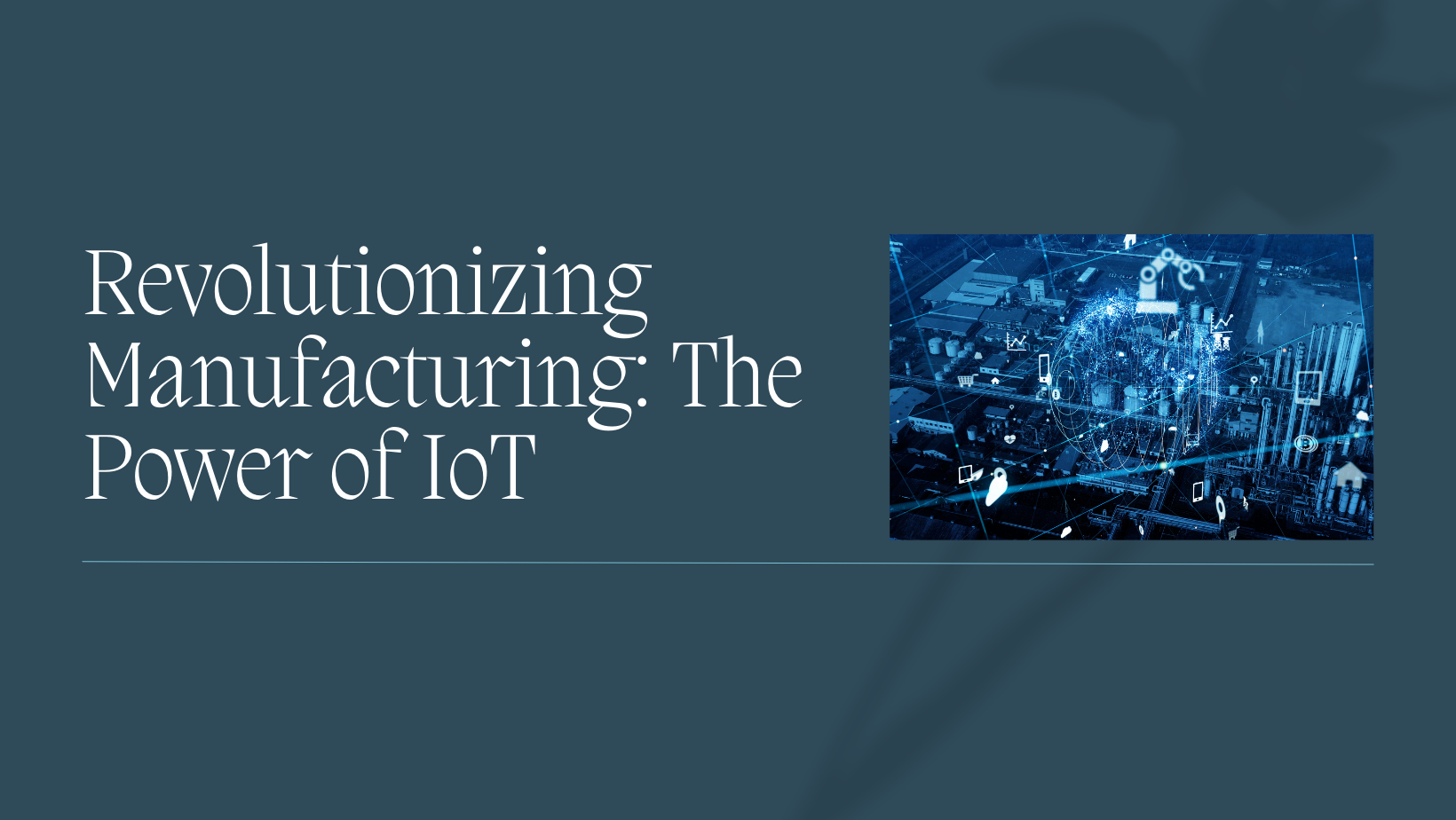The Internet of Things (IoT) is transforming how we monitor and manage the environment. By leveraging connected devices and advanced analytics, IoT enables real-time monitoring of environmental conditions, providing critical data for sustainable decision-making. In this comprehensive guide, we will explore how to use IoT for environmental monitoring, highlighting its benefits, applications, implementation steps, and future trends.
Understanding IoT in Environmental Monitoring
What is IoT in Environmental Monitoring?
IoT in environmental monitoring involves using connected sensors and devices to collect and transmit data on various environmental parameters such as air quality, water quality, soil moisture, and weather conditions. This data is then analyzed to provide insights that help manage natural resources, mitigate pollution, and address climate change.
Key Components of IoT Environmental Monitoring Systems
- Sensors and Devices: Air quality sensors, water quality sensors, soil moisture sensors, weather stations, and satellite-based remote sensing devices.
- Connectivity: Wireless communication technologies such as Wi-Fi, Bluetooth, LoRaWAN, and cellular networks that enable data transmission.
- Data Storage and Processing: Cloud platforms and edge computing systems that store, process, and analyze the data collected by IoT devices.
- User Interfaces: Mobile apps, web portals, and dashboards that provide access to real-time data and analytics.
Benefits of IoT in Environmental Monitoring
1. Real-time Data Collection
- Continuous Monitoring: IoT devices provide continuous, real-time monitoring of environmental conditions, allowing for immediate detection of changes or anomalies.
- Data Accuracy: High-quality sensors ensure accurate data collection, leading to more reliable and actionable insights.
2. Enhanced Decision-Making
- Data-Driven Insights: Analyzing real-time data helps policymakers, environmental scientists, and organizations make informed decisions to protect the environment.
- Predictive Analytics: IoT systems can leverage machine learning algorithms to predict environmental trends and potential issues, enabling proactive measures.
3. Cost-Effective Monitoring
- Automated Systems: IoT devices automate data collection and transmission, reducing the need for manual monitoring and associated labor costs.
- Scalability: IoT systems can be easily scaled to cover large areas or multiple monitoring sites, providing comprehensive environmental coverage.
4. Improved Environmental Protection
- Pollution Control: Real-time monitoring helps identify pollution sources and track their impact, enabling timely interventions to mitigate environmental harm.
- Resource Management: IoT data supports sustainable management of natural resources such as water, soil, and forests.
Applications of IoT in Environmental Monitoring
1. Air Quality Monitoring
IoT-enabled air quality sensors measure pollutants such as particulate matter (PM2.5 and PM10), nitrogen dioxide (NO2), sulfur dioxide (SO2), carbon monoxide (CO), and ozone (O3). Applications include:
- Urban Air Quality Monitoring: Monitoring air quality in cities to protect public health and inform policy decisions.
- Industrial Emissions Monitoring: Tracking emissions from factories and power plants to ensure compliance with environmental regulations.
2. Water Quality Monitoring
IoT water quality sensors measure parameters such as pH, turbidity, dissolved oxygen, conductivity, and the presence of contaminants. Applications include:
- Drinking Water Monitoring: Ensuring the safety and quality of drinking water supplies.
- Wastewater Management: Monitoring the quality of wastewater to prevent pollution of rivers, lakes, and oceans.
3. Soil Moisture and Quality Monitoring
Soil sensors measure soil moisture, temperature, and nutrient levels. Applications include:
- Agricultural Management: Optimizing irrigation and fertilization practices to enhance crop yield and reduce water usage.
- Land Management: Monitoring soil health to prevent erosion, desertification, and land degradation.
4. Weather and Climate Monitoring
IoT weather stations collect data on temperature, humidity, rainfall, wind speed, and solar radiation. Applications include:
- Climate Research: Collecting data to study climate patterns and predict weather changes.
- Disaster Management: Monitoring weather conditions to provide early warnings for natural disasters such as floods, hurricanes, and droughts.
5. Wildlife and Ecosystem Monitoring
IoT devices can track wildlife movements, habitat conditions, and ecosystem health. Applications include:
- Biodiversity Conservation: Monitoring endangered species and their habitats to inform conservation efforts.
- Ecosystem Health Assessment: Collecting data on vegetation, water bodies, and soil to assess the overall health of ecosystems.
Steps to Implement IoT for Environmental Monitoring
1. Define Objectives and Scope
- Identify Monitoring Goals: Determine the specific environmental parameters you need to monitor and the objectives of the monitoring project (e.g., pollution control, resource management, conservation).
- Select Monitoring Sites: Choose the locations where IoT devices will be deployed, considering factors such as accessibility, environmental significance, and potential sources of pollution.
2. Choose Appropriate IoT Technologies
- Sensor Selection: Select high-quality sensors that measure the required environmental parameters accurately and reliably.
- Connectivity Solutions: Choose suitable wireless communication technologies based on the location and scale of the monitoring project (e.g., Wi-Fi for urban areas, LoRaWAN for remote sites).
- Data Storage and Processing: Decide between cloud-based or edge computing solutions for data storage and processing, considering factors such as data volume, processing speed, and security.
3. Develop the IoT Ecosystem
- Hardware Integration: Integrate sensors and devices with appropriate hardware platforms to ensure seamless data collection and transmission.
- Software Development: Develop software applications and platforms that collect, store, and analyze data from IoT devices. Ensure the software is user-friendly and provides real-time data access and analytics.
- Data Analytics: Implement advanced data analytics and machine learning algorithms to derive meaningful insights from the collected data.
4. Ensure Data Security and Compliance
- Data Encryption: Protect sensitive environmental data by implementing robust encryption methods both at rest and in transit.
- Access Control: Establish strict access control measures to ensure that only authorized personnel can access the data.
- Regulatory Compliance: Adhere to relevant environmental regulations and standards to ensure data privacy and security.
5. Pilot Testing and Feedback
- Prototype Development: Develop a prototype of the IoT monitoring system and conduct initial testing to identify and address any issues.
- Pilot Testing: Implement a pilot program in a controlled environment to test the system in real-world conditions. Gather feedback from stakeholders to refine the system.
6. Deployment and Scalability
- Full-Scale Deployment: Once pilot testing is successful, proceed with the full-scale deployment of the IoT monitoring system across the chosen sites.
- Scalability: Ensure that the system is scalable to accommodate future growth and the addition of new sensors, sites, and functionalities.
7. Continuous Monitoring and Improvement
- Real-Time Monitoring: Continuously monitor the performance of the IoT system to ensure it operates as intended and provides accurate data.
- Feedback Loop: Establish a feedback loop with stakeholders to gather insights and continuously improve the system.
- Software Updates: Regularly update the software and firmware to enhance functionality, security, and performance.
Challenges in Implementing IoT for Environmental Monitoring
1. Connectivity Issues
- Remote Locations: Many environmental monitoring sites are in remote areas with limited or no internet connectivity. Solutions include using satellite communication, LoRaWAN, and mesh networks to ensure reliable connectivity.
2. High Initial Costs
- Investment Requirements: The initial investment in IoT devices, sensors, and infrastructure can be substantial. Solutions include seeking government grants, subsidies, and partnerships with private sector organizations to offset costs.
3. Data Security and Privacy
- Cybersecurity Threats: IoT devices are vulnerable to cyber-attacks, which can compromise data integrity and privacy. Solutions include implementing robust security protocols, encryption, and access control measures.
4. Data Management
- Data Volume: IoT systems generate large volumes of data that need to be stored, processed, and analyzed efficiently. Solutions include using scalable cloud storage and advanced data analytics platforms.
Future Trends in IoT Environmental Monitoring
1. AI and Machine Learning Integration
- Predictive Analytics: AI algorithms analyze historical and real-time data to predict environmental trends and potential issues, enabling proactive measures.
- Automation: Machine learning can automate data analysis and anomaly detection, improving the efficiency of monitoring systems.
2. 5G Connectivity
- Enhanced Connectivity: The advent of 5G technology will provide faster, more reliable connectivity for IoT devices, enabling real-time data transmission and remote monitoring.
- Increased Device Density: 5G will support a higher density of connected devices, facilitating the expansion of IoT networks in environmental monitoring.
3. Blockchain Technology
- Data Integrity: Blockchain creates immutable records of environmental data, ensuring data integrity and transparency.
- Smart Contracts: Automated contracts executed on the blockchain can streamline environmental reporting and compliance processes.
4. Edge Computing
- Reduced Latency: Edge computing processes data closer to the source, reducing latency and enabling real-time decision-making.
- Data Privacy: Sensitive data can be processed locally, reducing the risk of data breaches and enhancing privacy.
Conclusion
The future of IoT in environmental monitoring is promising, with the potential to transform how we manage and protect our environment. By leveraging IoT technology, we can collect real-time data, make informed decisions, and implement proactive measures to address environmental challenges. However, successful implementation requires careful planning, investment, and addressing connectivity, security, and data management challenges.
